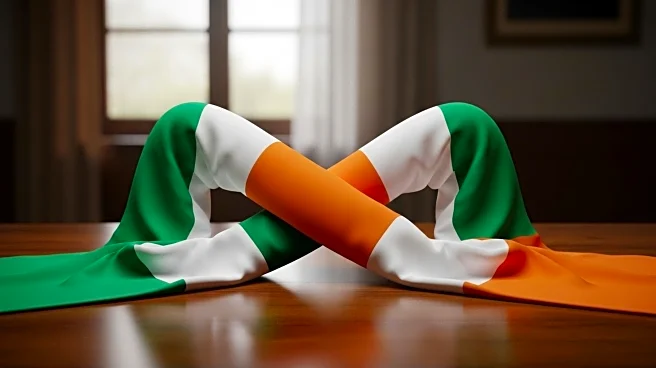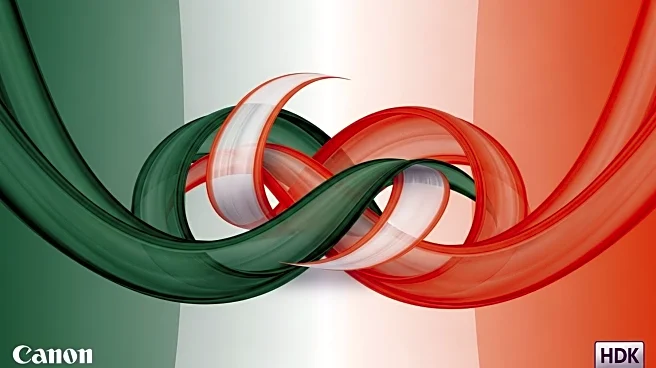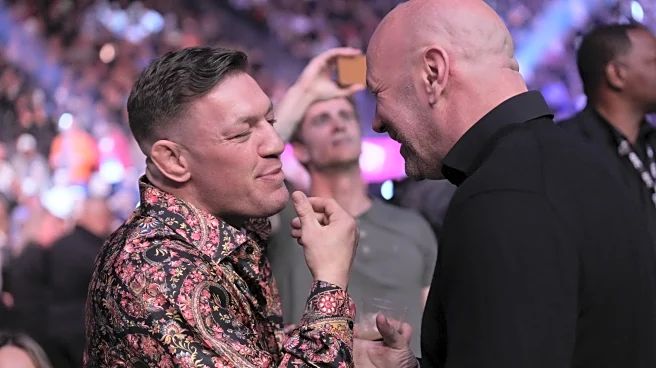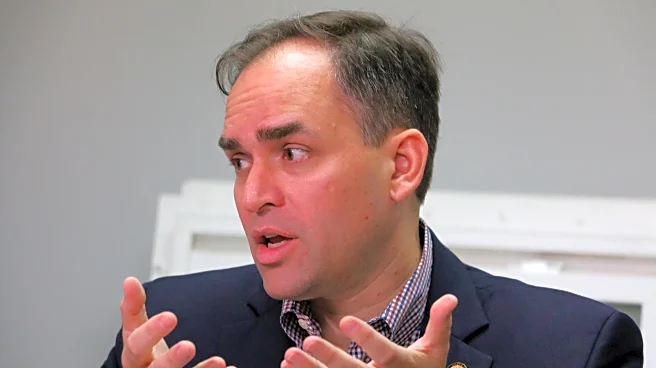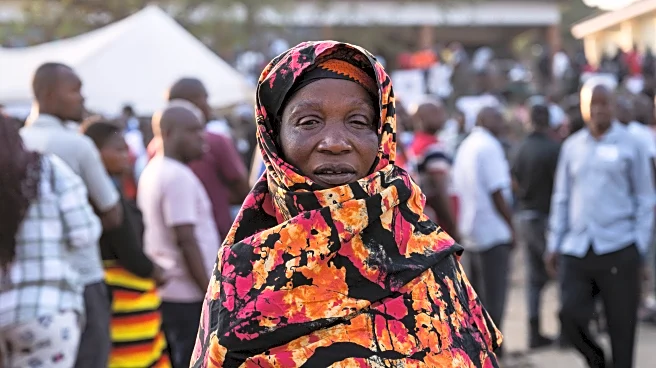What's Happening?
The upcoming Irish presidential election has seen three candidates secure enough support to be on the ballot for the October 24 election. Michael D. Higgins, the current president, will step down after serving over a decade. Candidates include Catherine Connolly, backed by left-wing parties; Jim Gavin, representing Fianna Fáil; and Heather Humphreys from Fine Gael. Sinn Féin has yet to decide on a candidate, with potential contenders still considering their options. The election will use a proportional representation system, with the winner serving a seven-year term.
Why It's Important?
This election marks a significant political event in Ireland, as it could influence the country's domestic and foreign policies. The candidates represent a range of political ideologies, from left-wing to center-right, reflecting the diverse political landscape in Ireland. The outcome could impact Ireland's approach to key issues such as housing, foreign policy, and social reforms. Additionally, the election process itself, using a Single Transferable Vote system, highlights Ireland's commitment to proportional representation and democratic engagement.
What's Next?
As the election date approaches, political parties and candidates will intensify their campaigns to secure voter support. Sinn Féin's decision on whether to field a candidate could significantly alter the dynamics of the race. The election results will be closely watched, not only for their immediate political implications but also for their potential to signal broader shifts in Irish political sentiment.

